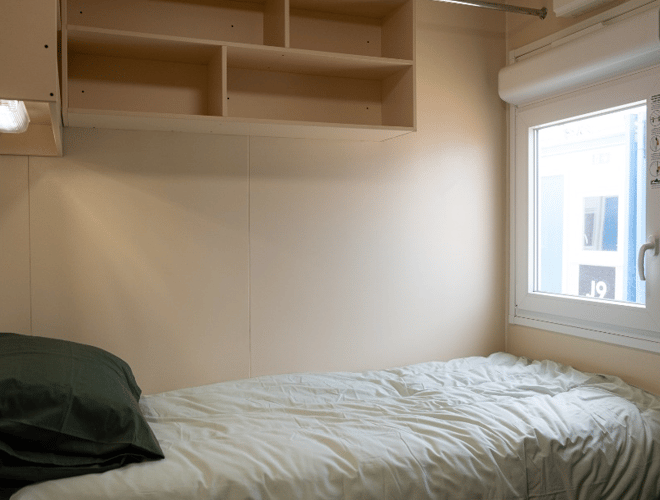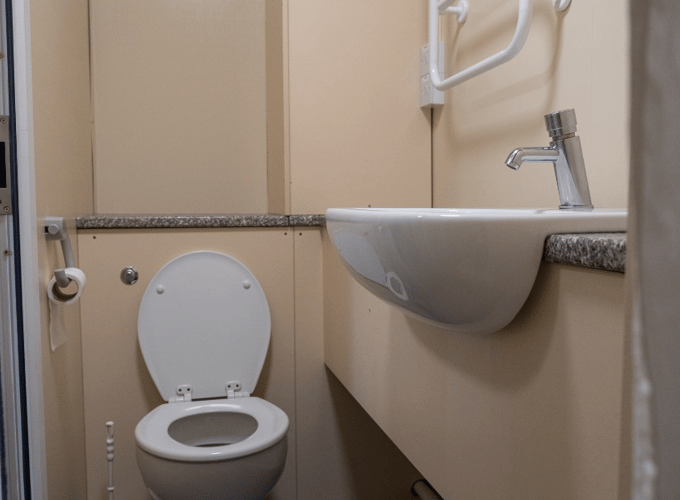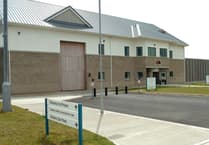Temporary cabins to house inmates at the close-to-capacity Isle of Man Prison have been installed and are ready to receive their first prisoners.
The ‘Juliette Unit’ comprises of 24 single occupancy cabins that are just slightly larger than the jail’s original cells. This unit is within the main prison walls, and all cells meet required standards for safety and security.
All prisoners housed in this area will be required to adhere to the usual security and prison processes. This includes CCTV and in-person monitoring, regular searches of persons and possessions, and keeping their areas in good condition.
Each cell has its own bed, desk, toilet and shower. There is access to a shared association space with some kitchen facilities such as a kettle and microwave.
The unit will house prisoners who meet a strict criteria and risk assessment. They will be offenders who are near the end of their sentence or who are already working in the community during the day as part of their rehabilitation prior to release.
It is expected the first prisoners will be transferred to this temporary unit in the next two weeks.
The temporary units are expected to be in place for an initial period of 12 months, with the option to extend if required. It is estimated that this will cost around £200,000 which includes transportation, installation and hire costs. Jurby jail was designed to hold 141 prisoners in five residential wings.

Those wings are spilt to manage prisoners that cannot be mixed, such as male, female, vulnerable prisoners, and adult prisoners.
Over the last few years the prison population has held steady at around 85 prisoners but since 2022 it has been gradually rising and in the last 12 months there has been around a 66% increase.
This has meant at times the prison has been operating at full capacity.
The increase has been attributed in part to prisoners receiving longer sentences, recent proactive police drugs operations and the introduction of new legislation in the island.
Prisoners from the island who offend are not generally sent to the UK, except where they are considered to meet the requirements as a Category A prisoner or need treatment in a secure hospital. This issue is compounded by the current overcrowding in the UK prison system.

In order to quickly create capacity within an existing secure environment, prison governor Leroy Bonnick proposed the use of temporary accommodation. This approach has been successfully used in the UK in several areas.
The Department of Home Affairs will be undertaking a broader review of the prison capacity, and the wider picture of sentencing, types of offences, suitable alternative disposals and other considerations, ahead of making a decision on any more permanent action.
.jpeg?width=209&height=140&crop=209:145,smart&quality=75)


.jpeg?width=209&height=140&crop=209:145,smart&quality=75)
This article has no comments yet. Be the first to leave a comment.